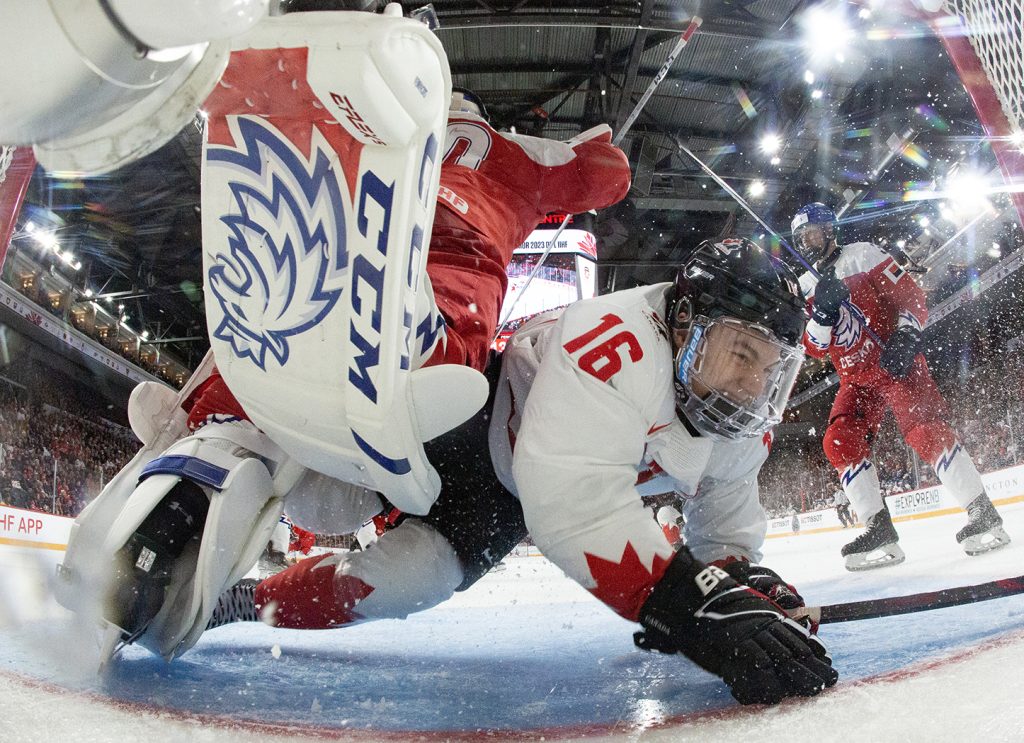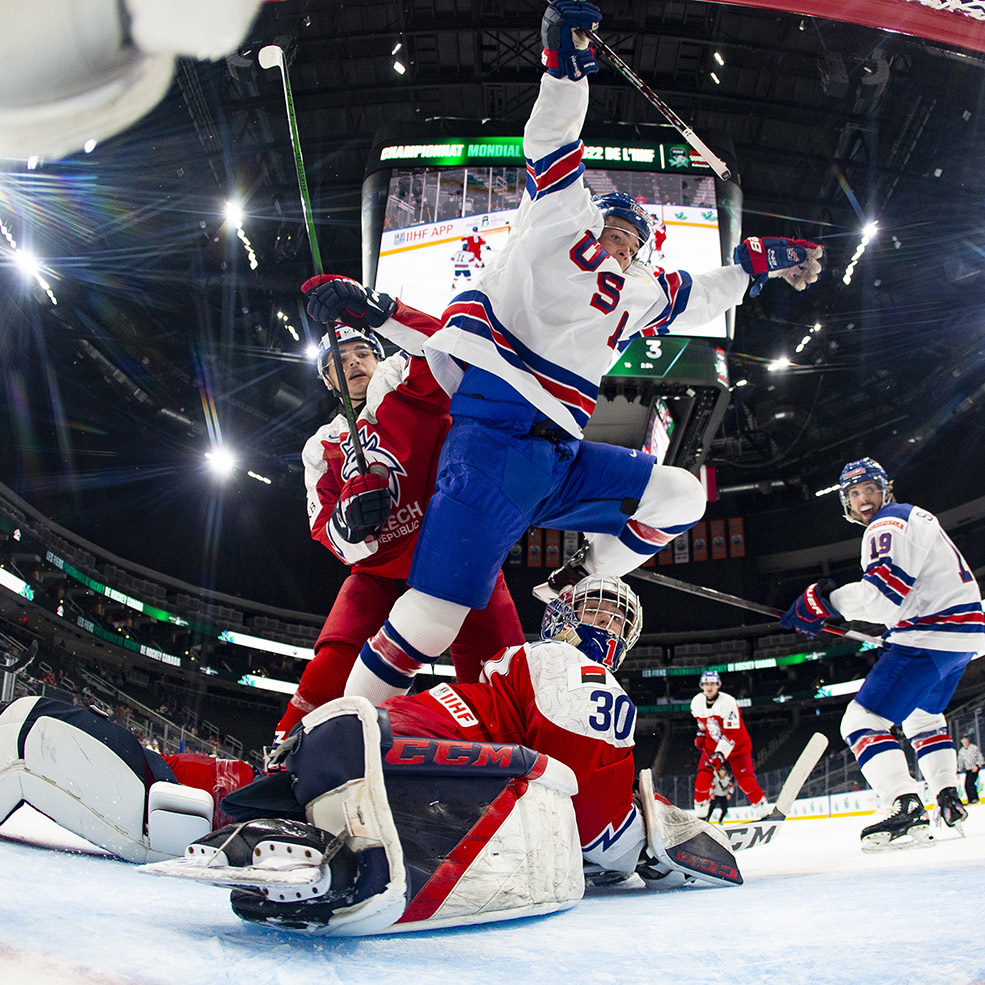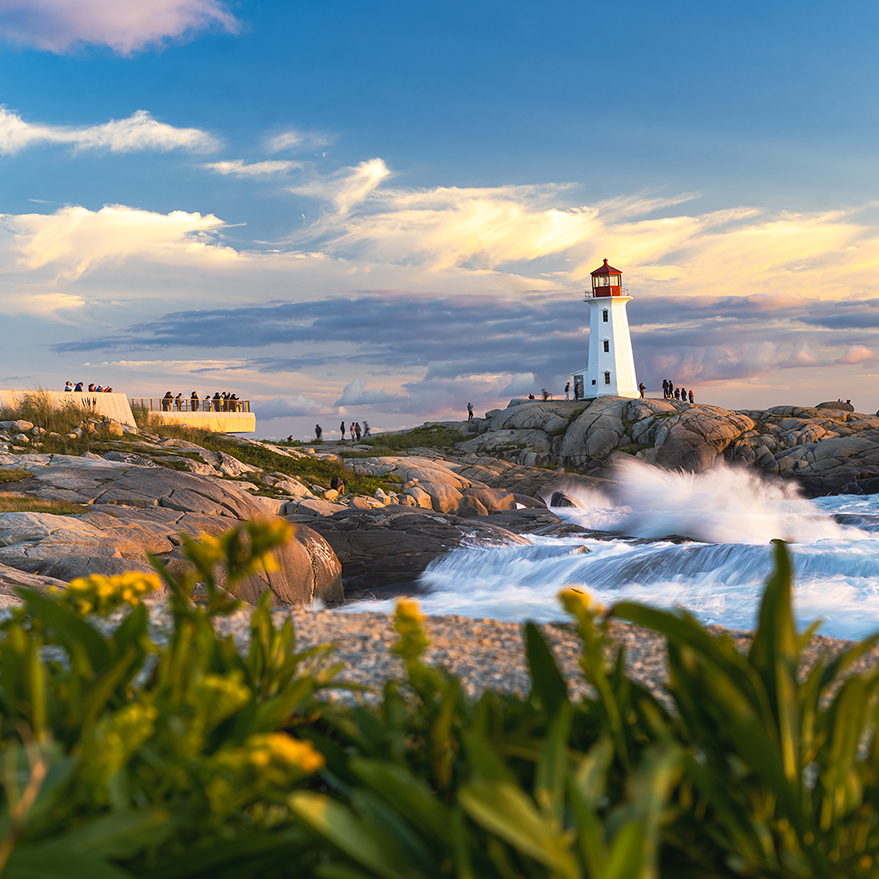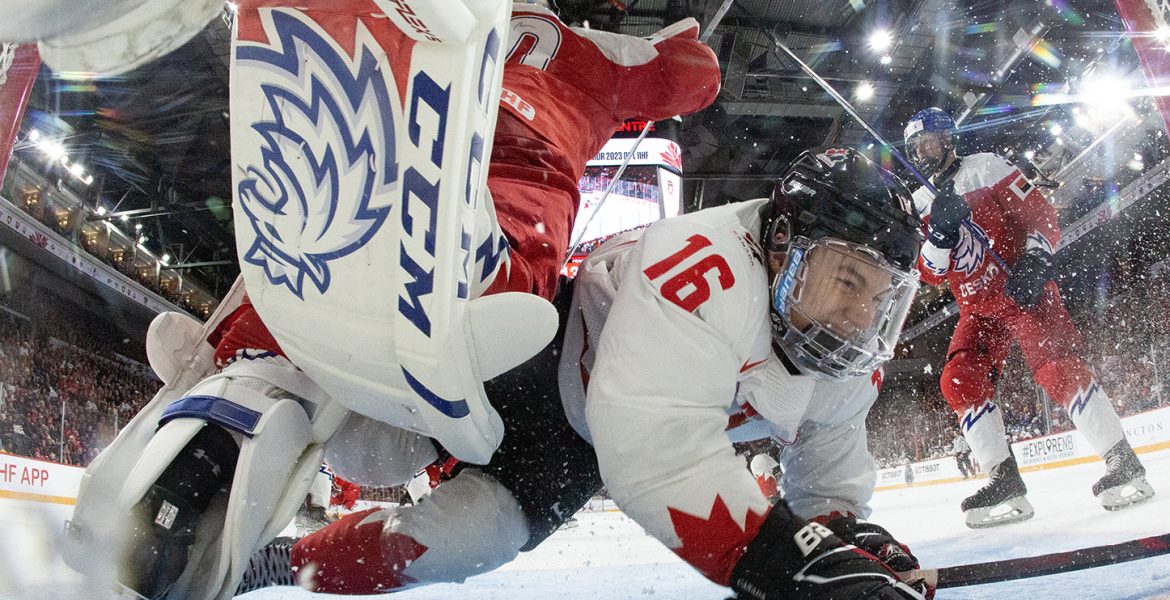
Interview: Photographing The World Juniors
On January 19, 2023 by jmwebLast week, Mitch Cormier of CBC Island Morning interviewed me on photographing the World Juniors. I’ve wanted to do a behind the scenes post and I figured, maybe if I wrote out our interview it might suffice. I will also expand on some of his questions.
Do you get to watch the whole game?
You do, but not to the extent you’d think. You are following the puck and watching everything happening on the ice meanwhile trying to predict the next play. As I am usually zoomed in pretty tight, I don’t get to see whats happening all over the rink but in a very narrow aspect.
You would have reserved spots in the rink where you’re allowed to be?
In Edmonton, 30 or 60 minutes before the game, photographers would reserve their spots. In Halifax, that time would vary. As the games in Edmonton went onto the finals, reservations would be made by period.
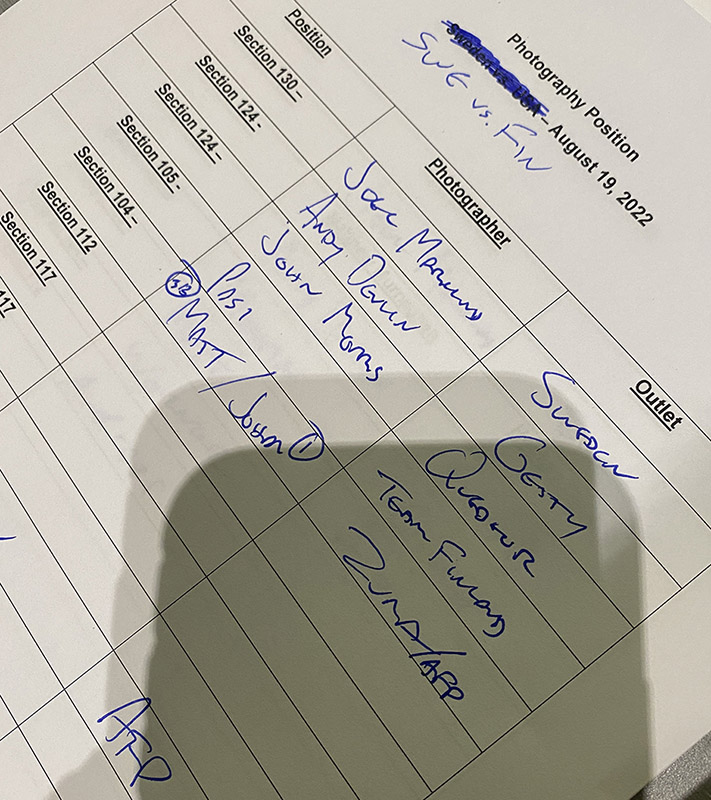
I am actually glad I snapped a picture of this sheet as it was our photo positions however on this sheet you’ll see my Matt & John’s(?) name down on the same spot.
For the most part, photographers were always good at switching it up. Matt & I would change spots. He’d shoot for half a period and I would use the spot for the other half…or half a game or what ever. The same applied to some of the Team photographers.
For instance, Martin the Czechia photographer, if I was in a spot he wanted (or the opposite), we have a great relationship where we would actually share the spot. In Edmonton, we would split it up where I’d cover the 1st period and 10 minutes of the second, he’d take the other half. I was happy this carried over into Halifax with Martin. I felt comfortable asking most of the photographers about sharing.

Most photographers attending these events know you have to get “the shot”. I recall during the 2019 federal election, there were 3 photographers covering Justin Trudeau at an event in Truro, Nova Scotia.
Adam Scotti (the prime ministers photographer), Sean Kilpatrick (The Canadian Press National Photographer) and me (for Reuters).
Reuters and The Canadian Press are competitors however in this situation there was 1 photo position (you can see it to the left). We would rotate in/out of this position. As one person got the frame they wanted, they’d move to the back of the line and the next person would go in…this would repeat for the entire event.
Most photographers get that everyone needs to get their shot as we’re all freelancers. Out of all the events I’ve covered, I’ve only had this issue come up twice. Once where a photographer “out ranked” me he felt since I was covering an event for the first time and he was there all year he “out ranked” me. Another time in Moncton where one photographer said he was going to kick another photographer out of a spot. In both cases, I asked them not to be that guy.
Back to Halifax, for the final game, there was actually only two positions right where we were standing most of the game and yet there were four photographers. There were 2 other spots nearby that were created during the tournament. None of the photographers complained except staff mentioned to us once we were blocking someones view so what we did was we got in closer.
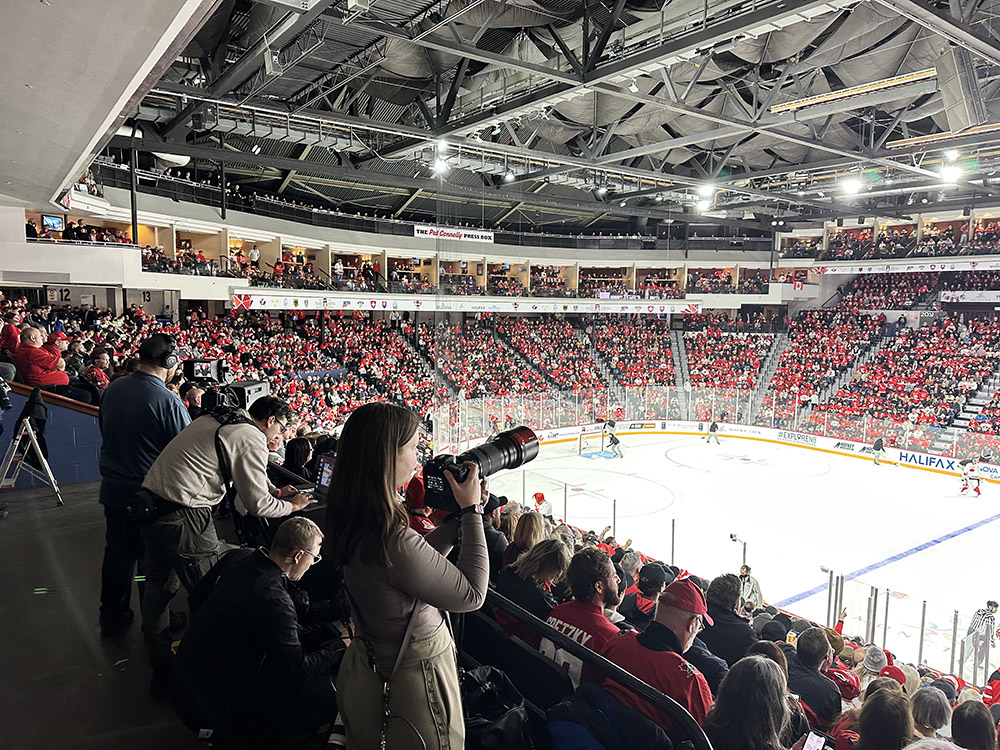
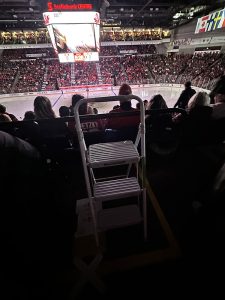
The tricky part with this position was the fans would jump up if Team Canada did anything that would excite them. So we had stepping stools which solved this problem. Of course, stepping up and down a stool would be a challenge if you weren’t balanced properly but overall I got along good.
In Edmonton, we didn’t need them as the Edmonton rink is an NHL rink with designated photography spots built into the rink plus they have 8 hockey holes. Halifax isn’t an NHL rink and was more problematic in that sense however at the end of the day you move on realizing, you gotta get the shot no matter what. Thankfully, with more remotes this was less of an issue for me than someone without a remote.
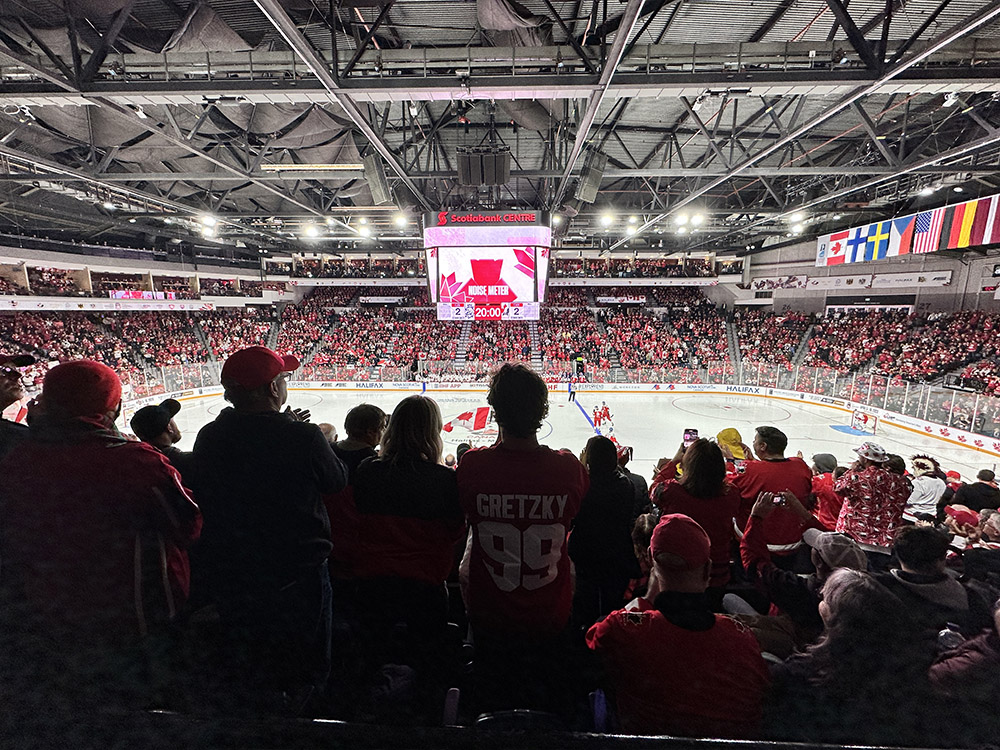
In terms of the remote cameras, we were not allowed to access the cat walk (you can see it in the above images) until after the game was over. The remotes were also a safe guard for a different angle right from above.
Do your remotes trigger themselves automatically?
No they are not triggered automatically, I am triggering them using one of two Pocket Wizards on my person.
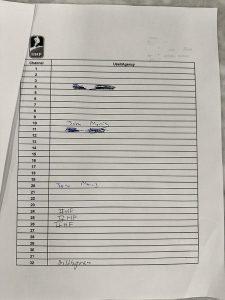
Upon arrival to the tournament in Halifax, each person using remotes reserves their preferred channels. They then setup the remotes using said channels. As you are supposed to be the only person on the channel, you’d only be triggering your own remote.
Pocket Wizards also come with a customized channel option where you can program them to use your own code so even if you are sharing channels, the code makes sure it only goes to your remote.
After you have reserved your channels, you use those channels.
Most photographers I know only trigger one remote which triggers all their cameras. In the event your remotes are at opposite ends of the rink, this creates a lot of garbage photos. I used two remotes depending on which end of the rink they were on. It’s something I’ve gotten down pact using complicated yet simple method with linked shooting (on my camera) .
You can see more on my remotes I used at the World Juniors on this blog post.
How many photographs are you taking per game?
My remotes were taking about 200-600 pictures per game meanwhile I was taking 300-800 per period. Mind you, I was also deleting the garbage photos on my hand held cameras during breaks/when I wasn’t rating other photos. A game with more breaks allows you narrow down your images better vs a game with no breaks.
How does a photo go from the game last night to the newspaper?
During the 20 minutes of game play per period, it’s actually the easier part of the game. In between periods/intermissions, you are actually at your busiest as you are narrowing down your images, captioning (with player names) and cropping them via your computer. This has to be done prior to the start of the next period. So it only gives you 15-20 minutes. The better you are setup on your computer for the game, the easier this task will be.
Once you are done captioning them, you are uploading them to a file transfer service or sending them to the client via their work paths. Very rarely in photojournalism do you get to avoid the captioning part however when Erin O’Toole visited Charlottetown during the last election I was live filling (sending them right from the camera to the picture desk) and someone else was captioning them. This was because of short deadlines.
I like to plug into ethernet ports to ensure the fastest speeds. Ethernet is faster and more reliable than WIFI however not everywhere provides ethernet connections. In the event of my recent assignment in Cape Breton, the files took 20 minutes to upload so fast internet is important.
Do you know where your photos are going to be used or do you put them into a pool for purchase?
In the case of the World Juniors, yes I know where they will be used. I am there covering the event for Journal de Quebec/Montreal/TVA Sports. Therefore, I know the images will be in those media outlets. If I am covering an event for Reuters, I am pretty sure the Globe & Mail will pick up the imagery as they usually do.
I always know who is going to be paying my bill or I wouldn’t attend.
When I was newer to sports photography, I recall a veteran journalist saying to me I was going to make good money on that day because they intended on using multiple of my images. This actually confused/concerned me but I didn’t mention it. Did something change I recalled thinking? I always get paid a game rate. I billed as per normal and got paid as per normal.
This confusion would later be explained after talking to two-three photographers who covered sports in the maritimes. They let on to me that they get paid per image. After finding out they were making $75-$100 per image used in the paper, I was shocked as they further explained their client would only use one image. Covering a 3-4 hour game for $75-$200 just wasn’t worth it. Furthermore these photographers would have to search the newspapers to see how many images they used and bill accordingly. Neither of these photographers are working as a photojournalist anymore.
Most creatives suck with the business side of what they do. Photojournalism is no exception. I think it’s pretty simple. If a company values photography, they will pay a good rate for good photos. If they aren’t paying a good rate, how much do they value the work? Most companies covering this event aren’t startups.
Is there a hierarchy involved? Can you get invited to other events?
Yes, definitely however it is also a very small world. There are tons of people who can take a picture but usually with photojournalism, it’s the same people even on the national level. All the agencies have their favourite photographers who cover a region. In some cases, that work can double over. After I finished covering Hurricane Fiona for Reuters, the Globe & Mail wanted me to spend an extra day for their paper.
Close to half of the photographers at the World Juniors in Halifax were from other provinces or countries.
There are only so many photo editors at the highest levels and they change jobs too. They remember who is easy to work with and good. If they like you, they’ll call you at the next job.
How did you feel about working so close to home? What was the crowds like?
The New Years Eve event was electric however with it being NYE, it was kinda to be expected. It does make for a fun atmosphere. Besides the excitement, it was similar to covering the Memorial Cup in Halifax or in Saint John.
What was your favourite picture?
Mine are usually the remote shots, in the case of this event, it was Connor Bedard crashing into the net on their first game. I ended up getting this via multiple angles.
